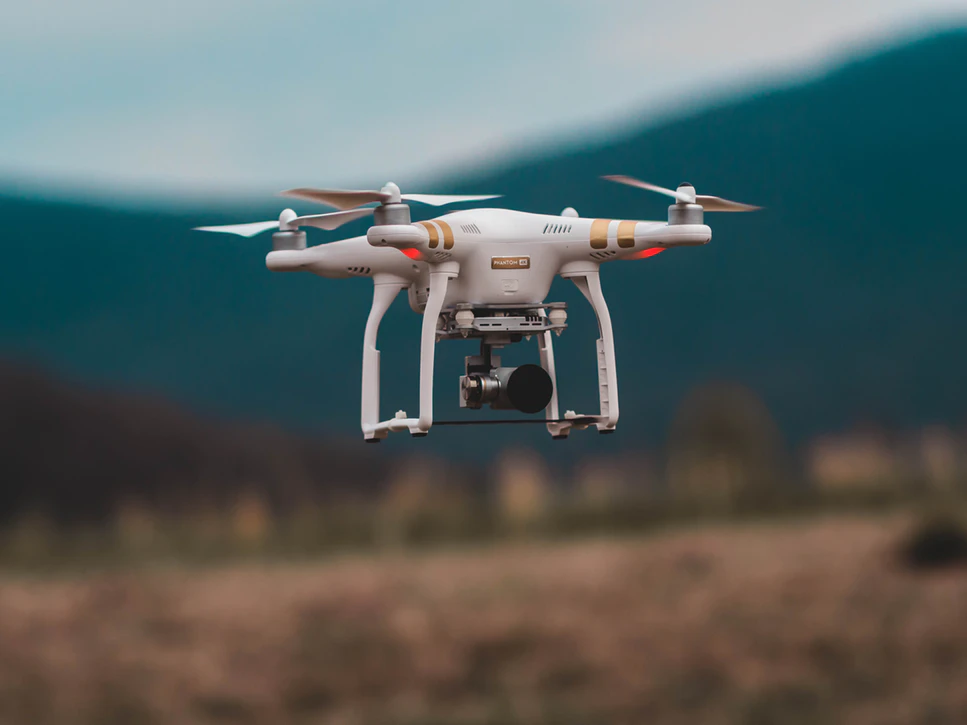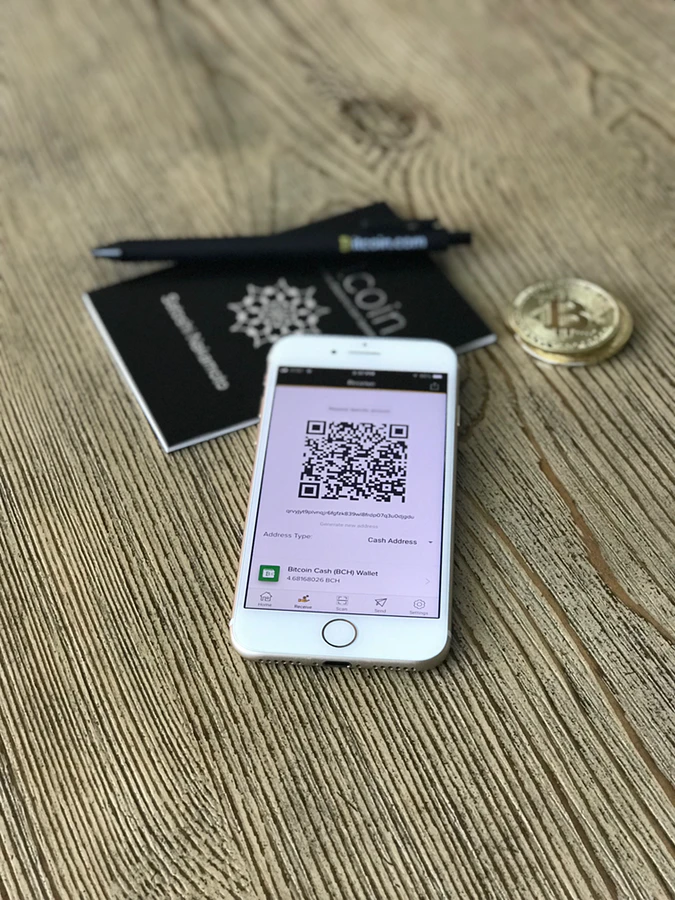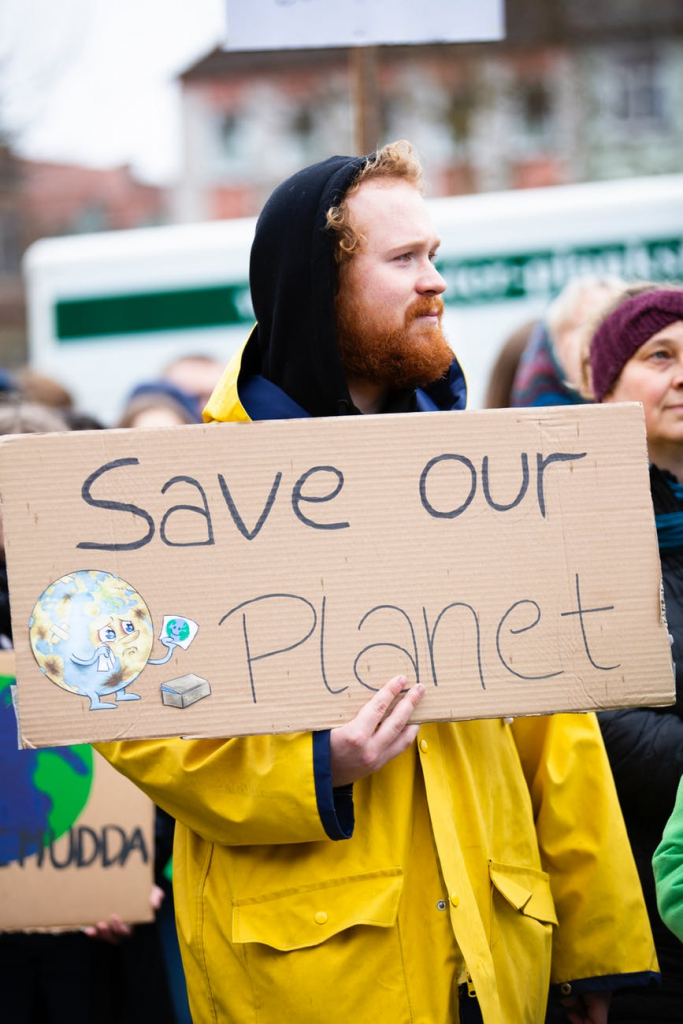With the year 2020 approaching, it’s easy to look back and see how far the world has come. Massive changes in the fields of technology, science, and finance, among others, have made the planet look like a much different place than it did just 20-years ago.
As more resources and energy are poured into advancing humankind forward, the world will continue to change drastically, and look quite different than it does today. Here are some of the ways the world could look by the year 2050.
Technology
Think about technology 20-years ago. At the turn of the century so many technological innovations we use today, like the smartphone, social media, and YouTube, didn’t even exist. Technology moves so fast that in just a matter of years new innovations make old ones completely obsolete. This breakneck pace is felt in all areas of technology, where changes abound.

For the past several years there has been talk of drones taking over the skies, with the hopes of delivering our packages and one day transporting us from one place to another. While this hasn’t happened yet, we should get used to the idea of living in a world filled with drones flying overhead. Tech giant Amazon has already tested this technology and made done deliveries since 2016, making them the leader in drone delivery. We are even getting close to drone taxi services, which can transport people at speeds of up to 130 km/h.
Internet connectivity has come a long way since the days of dial-up modems. 3G technology increased internet speeds, as did 4G thereafter. We are only about 20-years into mobile internet connectivity, but 5G technology will create a connected world that we can’t even dream of. It is expected that 5G will provide a 100x speed increase compared to its predecessors. Information will be transmitted at lightning speeds, increasing the pace of commerce and decreasing operational inefficiencies across the board.
As the number of wireless devices has grown, so has the desire to connect them all together. The Internet of Things will allow your devices to speak to one another, creating a more seamless and efficient world. IoT will positively affect everything from the global food supply to renewable energy and healthcare. You will also feel the effects of IoT in your daily life when your alarm clock is able to talk directly with your coffee pot, television, and vehicle.
Lastly, the advent of virtual reality will make connecting with people around the world so easy it will feel as if you are right in the room with them. Companies like Oculus have already made great strides in providing the first virtual reality headset experience, but this is only the beginning. So many things that used to be done in person will be accomplished using VR. For instance, if you are seeking to buy a new home you will take a walkthrough of the home via your virtual reality headset instead of going in person. VR will allow you to be in the front row of a concert without ever leaving your own home. The technology will also be used in the healthcare industry to help people get over their phobias by creating simulated, controlled situations for patients to walkthrough.
Science
With a bevy of problems plaguing planet Earth, the year 2050 could see humans begin to populate the Moon or even Mars. That’s because some of the world’s most wealthy entrepreneurs are already injecting millions of dollars into space exploration. For one, Elon Musk’s brainchild SpaceX estimates it could establish a city on Mars by 2050.

The science of medicine will advance so rapidly that many of the diseases we see as deadly today won’t be of concern in the coming years. The cost of genome sequencing has dropped so dramatically that it could be cheaper to sequence your genome than get a blood test by 2022. There could likely be a vaccine for asthma and cures for other chronic respiratory diseases. Nanoscience even has the opportunity to cure blindness. But in what might be the biggest innovation of all, scientists continue to get closer and closer to a cure for cancer by creating methods to kill off all cancer cells in the body, a method that may be perfected in the coming decades.
The science of wireless charging will make it so that you can receive a wireless charge simply by holding your phone in the air. Two technology companies, Energous and Ossia, are working on developing charging capabilities via radio frequencies and other methods. Ossia already even has a product, The Forever Battery, which can receive power completely wirelessly. The days of cords look like they will be completely over soon enough.
Using data science, massive collections of growing data sets will be used to predict future events and combat catastrophes like wildfires. The current uses of data science, such as predicting fraud, delivery logistics, and speech recognition, will only grow, and be utilized in conjunction with future technology like self-driving cars.
Finance
With the creation of the world’s first cryptocurrencies, money is already being redefined. These new digital assets are still in their infancy, but have the potential to revolutionize money as we know it. The next evolution of finance could include global digital currencies which allow money to flow freely between nations instantly. It will also see nation-states, like China, begin to phase out paper money completely, opting for the speed of digital assets instead. Cryptocurrencies will also force banks to adapt with the times by cutting their fees to zero and creating instant bank transfers and payments.

Emerging economies won’t just be emerging in 2050, they will be the new world economic powers. It’s expected that in the next 30-years, E7 nations — China, India, Brazil, Russia, Indonesia, Mexico, and Turkey — will surpass their G7 counterparts in economic influence and size. This will play a large role in diminishing jobs and income of workers in today’s world economic powers like the United States and Germany.
Technology is already creating a massive divide in unemployment, and new innovations will continue to take away jobs from human beings. This will create the need for universal basic income throughout the world, allowing people to maintain a livable income level even without the jobs of the past and redistributing wealth in a way which lessens the enormous gap in wealth.
Climate change
Not all changes, however, will be positive. If you think climate change is a problem today, it is likely to be the most devastating threat to human society by 2050. Many cities across the globe, including Venice and several coastal cities in the United States, could be completely underwater. This would pose a massive refugee crisis the world has never seen.

Other climate change effects, such as the extinction of species and entire ecosystems being wiped out, will have their own negative consequences. Meanwhile, the warming of oceans and seas will make potable drinking water a hot commodity, and water will have to be rationed in developed countries much like it is in the third-world today.
If the course of climate change is altered it will be because of a massive shift to renewable energy and other political and economic changes. Greenhouse gas emissions will have to be taxed in a more substantial way, curbing the amount of emissions from major corporations. In the EU, one potential solution is a value-added tax that would be tacked on to the price of every good based on the amount of greenhouse gases needed to produce that product. Other taxes could be levied on meat, which is one of the leading causes of climate change. A markup on meat prices as a result of a tax would likely curb meat consumption and lessen the environmental impact.
Other climate change innovations will come in the form of architecture, where even high-rise buildings will be designed with a minimal carbon footprint. These “farmscrapers” will utilize solar power for heating and cooling and include farms to produce food. Essentially, each building will act as its own sustainable ecosystem even in the most densely populated cities.
Getting used to a new world
Those who make it to 2050 will see a whole new world filled with new forms of transportation, less disease, and greater connectivity. It won’t all be pretty though, as climate change could create massive problems, and even cause a greater need to colonize new cities on the moon or Mars.
Yet, if the first 20-years of this century have taught us anything, it is that predicting the future may be the toughest task of all. While some of these changes will certainly occur, they may unfold in ways that we cannot imagine today. So, while this is the way the world could look in 2050, the picture could also be totally different.
*As with any investment, your capital is at risk and the investments are not guaranteed. The yield is up to 6.75%. Before deciding to invest, please review our risk statement or consult with a financial advisor if necessary.